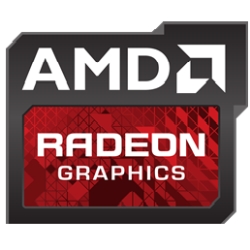Looking at images on the internet shows a card that is much shorter than older designs thanks to the stacked memory in use. Instead of memory everywhere on the board we are seeing well laid out power regulation and, of course, a fairly massive PLX bridge to handle the communication between the two GPUs. Most of these images are from the PC Gamins show at E3 last year so some minor things might have changed in, but we are fairly certain that the overall design is the same.
Both AMD and NVIDIA have been pushing the upper envelope on 4K and VR. AMD has the first to market with HBM based designs and while these were supposed to be game changers, deficiencies in HBM supply and a few driver hiccups has prevented the Fury from taking off like it could have.
Still we know that AMD has newer products based on HBM 2.0 coming out as well as some GDDR5X designs for late 2016/ early 2017. In the meantime the R9 Fury X dual GPU cards could hit the market as early as mid H1 this year. We only hope that AMD has fixed their supply issues and can keep these in stock for people that want them.
If the push for VR and 4k continue to rise then AMD will certainly have a great market for the dual GPU monster. At least they will if the associated costs of all of the other components can come down a little. The masses are unlikely to dump $700+ on a GPU plus another $1,000 just to get VR or to game at 4k. There will certainly be some hardcore gamers and enthusiasts that will buy this, but the majority of consumers will wait until prices come down.
For now we can all drool over what looks to be a very impressive piece of hardware from AMD.




